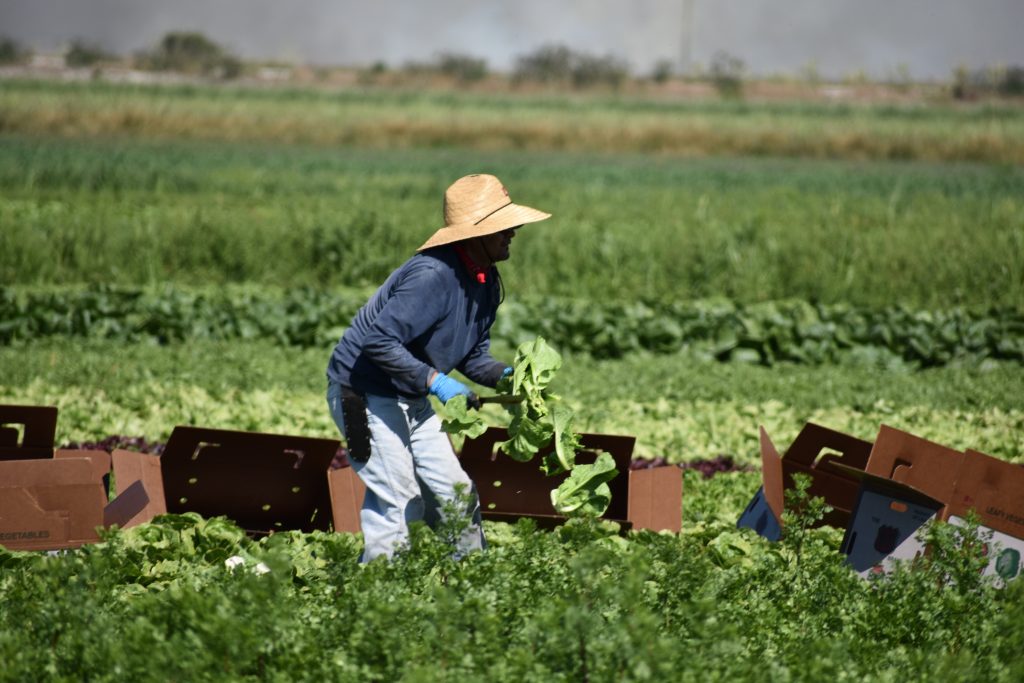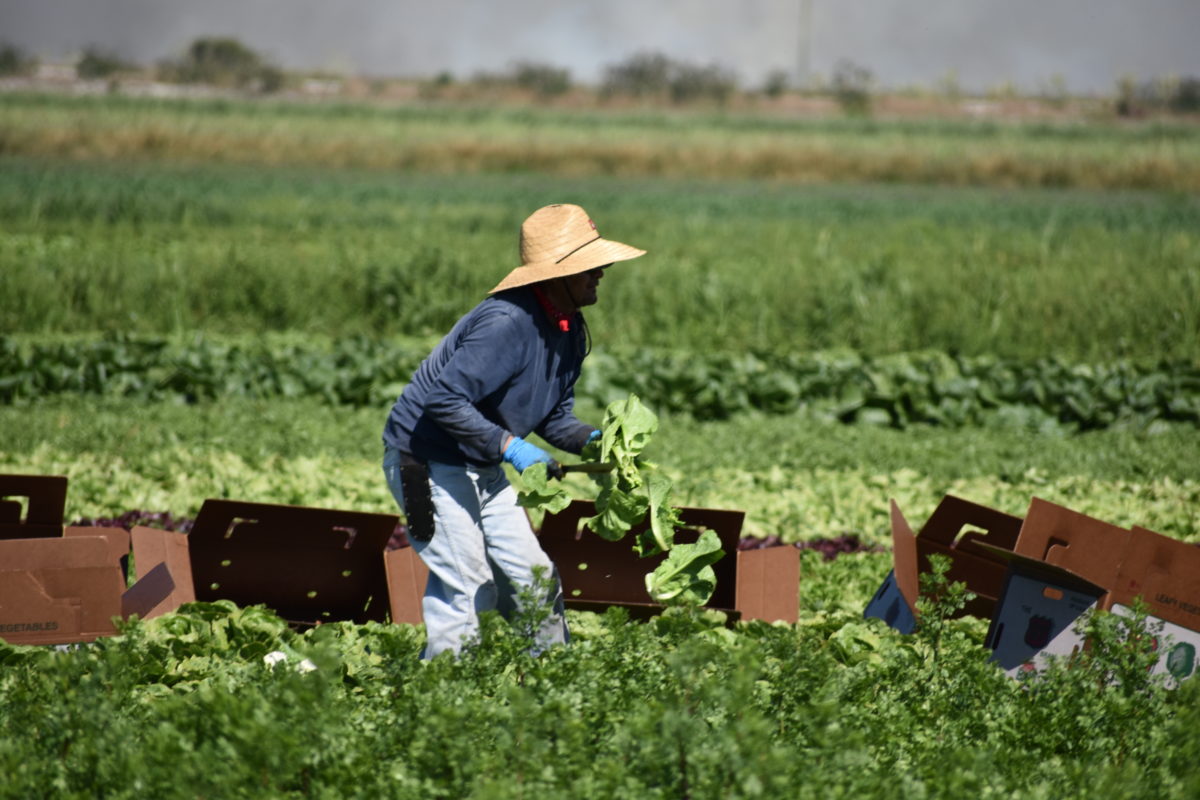Fears of H-2A labor shortages during the onset of COVID-19 were unfounded with no widespread reports of shortages. This is according to a recent study administered by the U.S. Department of Agriculture (USDA) Economic Research Service (ERS).

There were, however, reports of lower earnings for farm workers due to fewer hours being offered as a result of reduced demand for fresh produce from restaurants.
The report showed a substantial increase in the number of jobs certified to be filled with H-2A workers, increasing from 75,000 in fiscal year (FY) 2010 to 257,000 in FY 2019 and 275,000 in FY 2020. Six states accounted for 55% of H-2A jobs certified with Florida (14%) and Georgia (10%) leading the country.
Hillsborough County in Florida had 6,700, or 17% of the 39,064 H-2A jobs certified in Florida in FY 2020 followed by DeSoto (4,000), Hendry (3,000), Polk (2,900) and Manatee (2,800) counties.
Most of Georgia’s 27,614 H-2A certifications were in southern counties. Colquitt County had 2,952 jobs certified or 11% of the state’s total. It was followed by Tattnall (2,489), Bacon (2,451), Clinch (2,189) and Tift (1,323) counties.
The top five counties in North Carolina accounted for 72% of the 22,052 H-2A certified jobs in FY 2020. They included Moore (10,523), Sampson (2,309), Bladen (1,090), Pender (1,018) and Johnston (919) counties.
The ERS report showed that Alabama posts H-2A jobs that number between 1,000 and 2,500 with an Adverse Effect Wage Rate (AEWR) of between $11.50 and $12.25.
The average H-2A contract offered 24 weeks and 39.3 hours per week at an average hourly wage rate of $13. Approximately 90 employers received 40% of all H-2A certifications in FY 2020. Farm labor contractors account for 44% of H-2A jobs certified in FY 2020 with most certified in Florida and California.
The Farm Workforce Modernization Act that was approved by the House in 2021 proposed to freeze the AEWR for one year. The ERS report estimated an AEWR freeze would save $140 million per year in wage costs for H-2A workers and $29 million a year in wage costs for the more than 50,000 U.S. domestic workers in “corresponding employment” on farms with H-2A workers who must be paid the same AEWR.
An AEWR freeze could expand the H-2A program and affect the wages of domestic workers who fill 90% of average employment on crop farms.










